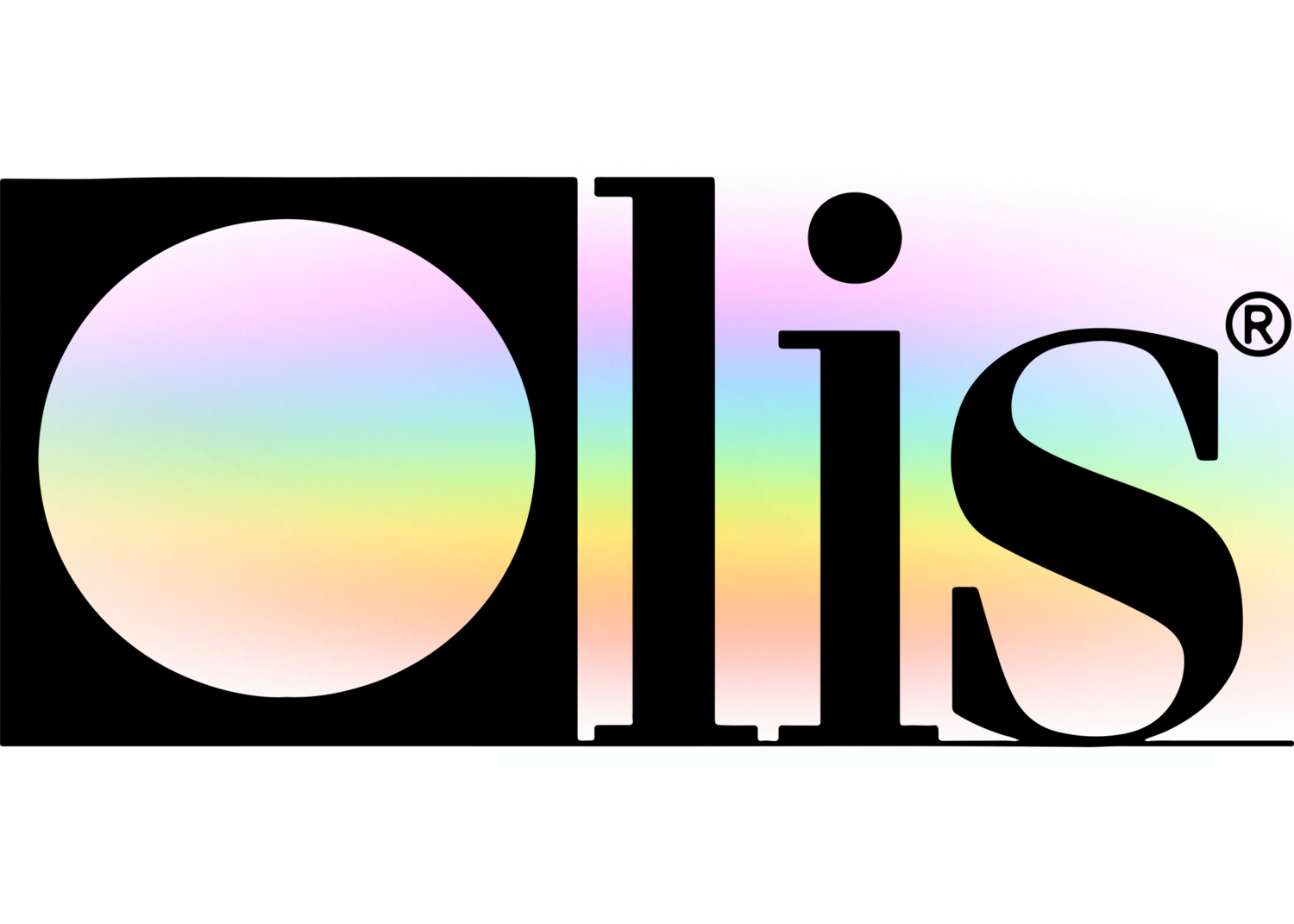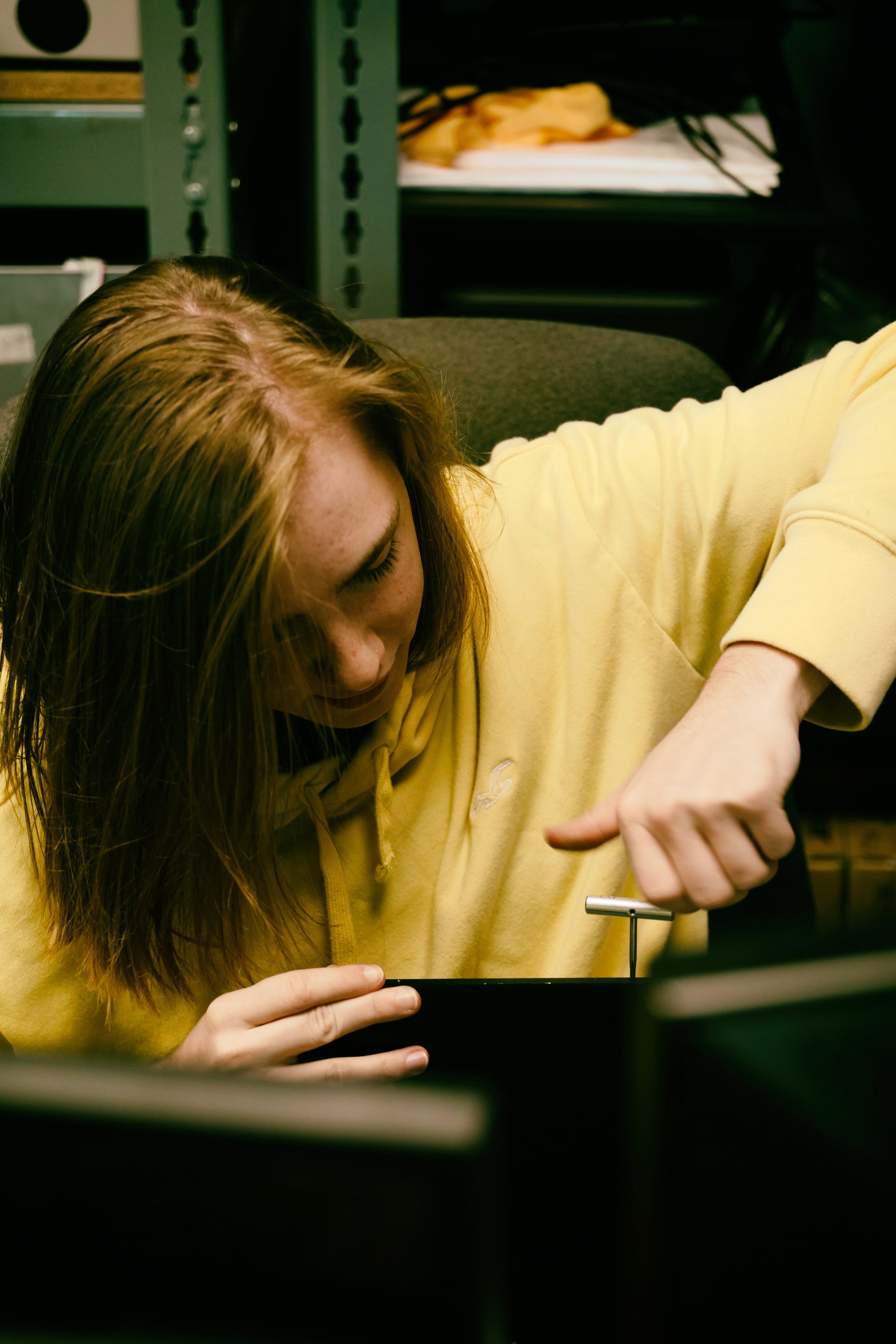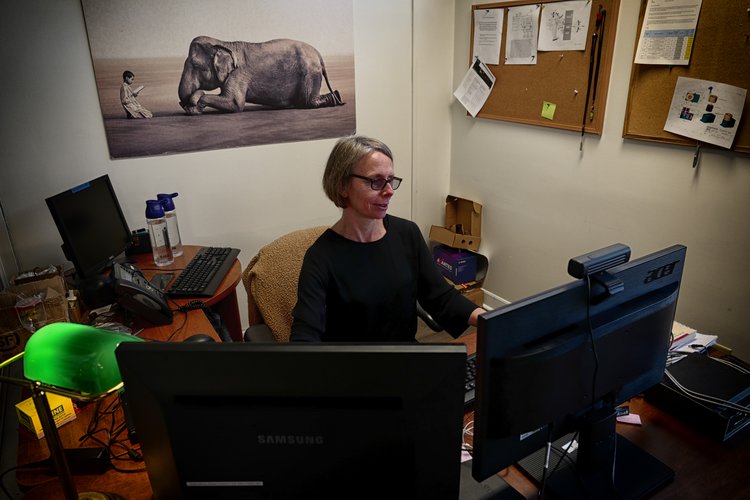Getting The Uv/vis/nir To Work
Getting The Uv/vis/nir To Work
Blog Article
Top Guidelines Of Circularly Polarized Luminescence
Table of ContentsCircular Dichroism Can Be Fun For AnyoneThe Greatest Guide To SpectrophotometersThe 5-Second Trick For Circular Dichroism6 Easy Facts About Uv/vis/nir ShownThe Ultimate Guide To Circular Dichroism

Spectrophotometry is a tool that hinges on the quantitative analysis of molecules depending on how much light is taken in by colored substances.
The 9-Second Trick For Uv/vis
A spectrophotometer is commonly used for the measurement of transmittance or reflectance of services, transparent or opaque solids, such as polished glass, or gases. Although lots of biochemicals are colored, as in, they take in noticeable light and therefore can be determined by colorimetric treatments, even colorless biochemicals can frequently be converted to colored compounds appropriate for chromogenic color-forming responses to yield compounds appropriate for colorimetric analysis.: 65 However, they can also be developed to measure the diffusivity on any of the noted light varieties that generally cover around 2002500 nm using different controls and calibrations.
An example of an experiment in which spectrophotometry is used is the decision of the stability constant of an option. A particular chemical reaction within a solution might take place in a forward and reverse instructions, where reactants form items and items break down into reactants. Eventually, this chain reaction will reach a point of balance called a balance point.
Spectrophotometers - Truths
The quantity of light that goes through the service is a sign of the concentration of specific chemicals that do not enable light to pass through. The absorption of light is because of the interaction of light with the electronic and vibrational modes of particles. Each kind of particle has an individual set of energy levels associated with the makeup of its chemical bonds and nuclei and thus will soak up light of specific wavelengths, or energies, leading to distinct spectral properties.
Making use of spectrophotometers covers numerous scientific fields, such as physics, products science, chemistry, biochemistry. UV/Vis/NIR, chemical engineering, and molecular biology. They are commonly utilized in many industries consisting of semiconductors, laser and optical manufacturing, printing and forensic evaluation, as well as in labs for the study of chemical compounds. Spectrophotometry is often used in measurements of enzyme activities, decisions of protein concentrations, determinations of enzymatic kinetic constants, and measurements of ligand binding reactions.: 65 Ultimately, a spectrophotometer has the ability to determine, depending on the control or calibration, what compounds are present in a target and exactly just how much through calculations of observed wavelengths.
This would come as a solution to the previously developed spectrophotometers which were unable to soak up the ultraviolet properly.
Getting My Circular Dichroism To Work
It would be found that this did not give satisfying outcomes, therefore in Design B, there was a shift from a glass to a quartz prism which permitted for much better absorbance results - UV/Vis/NIR Discover More Here (https://pagespeed.web.dev/analysis/https-olisclarity-com/ft59obxjpp?form_factor=mobile). From there, Design C was born with a change to the wavelength resolution which wound up having three units of it produced
It was produced from 1941 to 1976 where the cost for it in 1941 was US$723 (far-UV accessories were a choice at additional cost). In the words of Nobel chemistry laureate Bruce Merrifield, it was "probably the most essential instrument ever developed towards the development of bioscience." Once it became stopped in 1976, Hewlett-Packard developed the first commercially offered diode-array spectrophotometer in 1979 referred to as the HP 8450A. It irradiates the sample with polychromatic light which the sample soaks up depending on its homes. It is transferred back by grating the photodiode array which identifies the wavelength area of the spectrum. Ever since, the development and application of spectrophotometry gadgets has actually increased profoundly and has turned into one of the most ingenious instruments of our time.

Some Known Details About Circular Dichroism
Historically, spectrophotometers utilize a monochromator consisting of a diffraction grating to produce the analytical spectrum. The grating can either be movable or repaired. If a single detector, such as a photomultiplier tube or photodiode is utilized, the grating can be scanned step-by-step (scanning spectrophotometer) so that the detector can determine the light intensity at each wavelength (which will represent each "action").
In such systems, the grating is repaired and the strength of each wavelength of light is measured by a various detector in the variety. When making transmission measurements, the spectrophotometer quantitatively compares the portion of light that passes through a recommendation solution and a test option, then digitally compares the strengths of the two signals and calculates the percentage of transmission of the sample compared to the reference requirement.

Report this page